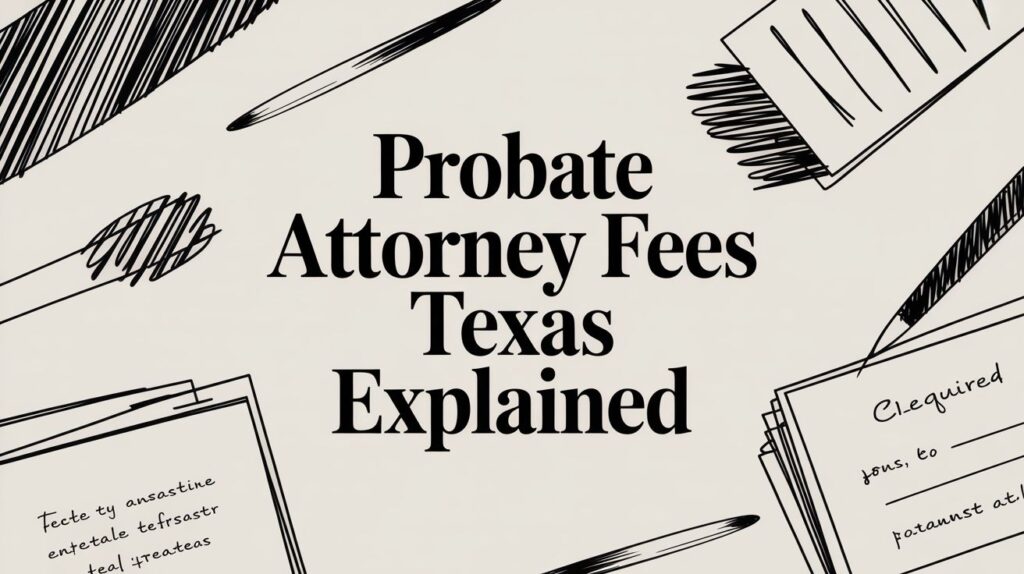In Texas, probate law can already be a complex landscape to navigate. However, when it comes to dealing with waterfront and coastal real estate, the intricacies multiply. Properties along Texas’ vast coastline—from Galveston Bay to the Gulf of Mexico—often come with unique challenges. These challenges are generally distinct from those of inland real estate. Issues like environmental regulations, land use, erosion, and waterfront rights add additional layers of legalities and considerations for executors and heirs. In this comprehensive guide, we’ll explore the specific nuances of probate involving waterfront and coastal properties in Texas. This guide also outlines everything from the initial probate filing to the final distribution of property and resolving environmental concerns.
Understanding the Basics: What is Probate?
Probate is the legal process of validating a deceased person’s will and overseeing the distribution of their assets. When someone passes away, all of their assets—including real estate—must go through probate. However, exceptions to this rule exist. The rule doesn’t apply where the assets were placed in a trust, passed via joint ownership, or other probate-avoidance mechanism.
In Texas, probate can either be an “independent administration” process, which is relatively hands-off and streamlined, or a “dependent administration” process, where court oversight is much more involved. Both of these processes apply to waterfront and coastal real estate, but the unique features of these properties require particular attention.

Unique Challenges of Coastal Real Estate in Texas Probate
Coastal properties present a variety of challenges for executors handling probate. Below are the key aspects that differentiate the probate of waterfront and coastal properties from typical real estate:
1. Environmental and Coastal Regulations
Coastal properties are subject to various state and federal environmental regulations. Texas has strict guidelines for properties near the coast for several reasons. These include protecting natural habitats, managing coastal erosion, and preserving public access to beaches.
As an executor, you must determine if the property complies with the Texas Open Beaches Act and other regulations. These rules may limit the type of construction or modifications that heirs can make to the property. The Texas General Land Office oversees these regulations, and any non-compliance with environmental restrictions could affect the transfer of the property during probate.
Key Consideration: If the property is located in a protected coastal zone, any existing violations or non-compliance could delay the probate process. Also, it may require resolution before the property can be legally transferred.
2. Erosion and Property Boundaries
Waterfront properties, especially those along the Gulf Coast, are susceptible to erosion and natural changes in the shoreline. Over time, these natural processes can significantly alter the boundaries of a property. As a result, it complicates the transfer of ownership during probate.
In some cases, coastal erosion can lead to disputes about where property lines should be drawn. Additionally, the Texas Public Trust Doctrine maintains that the state owns submerged lands, which may include portions of coastal property that have been impacted by erosion or tidal changes.

Key Consideration: Executors may need to obtain a professional land survey to determine the current boundaries of the property. This is particularly necessary especially if erosion has altered the landscape. Failure to clarify property lines could lead to disputes or legal challenges after probate.
3. Flood Insurance and Property Maintenance
Coastal properties are often located in flood-prone areas, and Texas has its share of hurricanes and tropical storms. Maintaining proper flood insurance and ensuring that the property is secure and well-maintained can be critical during probate. If a property is uninhabited during the probate process, executors should take steps to ensure that the home or building remains protected from storm damage, flooding, and other natural disasters.
Failing to do so could result in the depreciation of the estate’s value or create significant expenses for repairs, which would need to be addressed before transferring the property to beneficiaries.
Key Consideration: Executors must ensure that insurance policies, including flood insurance, are kept up to date. Additionally, it’s wise to conduct regular maintenance on coastal properties to avoid further damage during the probate process.
Transferring Waterfront and Coastal Properties During Probate
The process of transferring coastal real estate to heirs is generally similar to that of inland properties. However, it comes with extra steps due to the complexities of coastal regulations and environmental considerations.
1. Valuation of Coastal Property
One of the first steps in transferring a waterfront or coastal property is determining its current market value. Coastal real estate is often considered high-value due to its desirable location. However, fluctuations in the market, environmental factors, and property conditions can all impact its worth.
Professional appraisers familiar with waterfront real estate should be hired to assess the property’s value. The presence of erosion, accessibility issues, or environmental hazards could affect the valuation, potentially leading to disputes among heirs if expectations do not align with the appraised amount.
Key Consideration:Use an appraiser who understands the unique aspects of coastal real estate in Texas, including environmental risks and market trends.
2. Addressing Easements and Public Access
Waterfront properties often come with easements or public access requirements. For example, the Texas Open Beaches Act allows for public access to beaches. This means certain areas of a property might be designated for public use. An easement may also exist for utilities, roads, or other community access points. Executors must review any existing easements or agreements that apply to the property, as these could affect the sale or transfer to heirs.

Key Consideration: Verify whether the property has any restrictions or easements that may impact its value or the rights of beneficiaries. This may also influence future development or usage by heirs.
3. Assessing Potential Liabilities
Liabilities such as unpaid property taxes, outstanding debts, or legal disputes tied to the property can create additional challenges during probate. Coastal properties often come with higher maintenance costs and insurance requirements, which could add to the estate’s financial obligations.
It’s essential to work with a real estate attorney or probate lawyer who understands these complexities and can ensure that all liabilities are addressed before the property is transferred.
Key Consideration: Executors should ensure all financial obligations tied to the coastal property are satisfied, including taxes, debts, and insurance premiums, to avoid passing these liabilities on to beneficiaries.
Selling Waterfront and Coastal Properties During Probate
In some cases, beneficiaries may choose to sell the property rather than take possession. Selling a waterfront or coastal property in Texas requires careful planning, particularly during probate.
1. Marketing Coastal Real Estate
Coastal properties can attract buyers, but selling one during probate may present challenges. Real estate agents who specialize in waterfront properties should be consulted to ensure the property is marketed effectively. Highlighting the unique features of the property—such as private beach access, scenic views, or boat docks—can help increase its appeal to potential buyers.
Key Consideration: Executors may need to obtain court approval before selling the property during probate, particularly if the sale is contested by other heirs.
2. Court Approval and Distribution of Proceeds
Selling a property during probate typically requires court approval, especially if the estate is being handled under dependent administration. Once the sale is finalized, the proceeds from the sale will be distributed to beneficiaries according to the terms of the will. If no will exists, Texas intestacy laws will govern the distribution.
Key Consideration: Ensure that the sale is conducted transparently and that all necessary approvals are obtained from the probate court to avoid delays or challenges.
Key Takeaways: Navigating Coastal Property Probate in TexasConclusion: Navigating the Complexities of Coastal Real Estate in Texas Probate
Handling waterfront and coastal real estate during probate in Texas requires navigating a myriad of legal and environmental challenges. From understanding coastal regulations and erosion to addressing insurance and public access concerns, the process demands diligence, expertise, and careful attention to detail. Executors and beneficiaries alike should seek professional guidance from real estate attorneys, appraisers, and environmental experts to ensure a smooth and lawful transfer of coastal property.
By addressing these complexities early in the probate process, you can avoid potential pitfalls and help preserve the value and legacy of these unique properties, allowing heirs to enjoy the beauty and benefits of Texas’ coastal real estate for generations to come.








